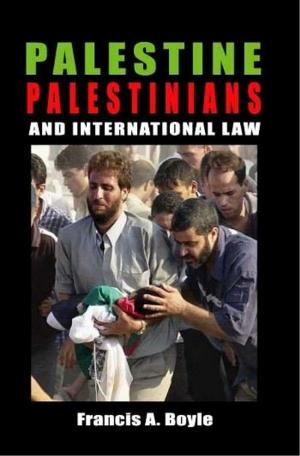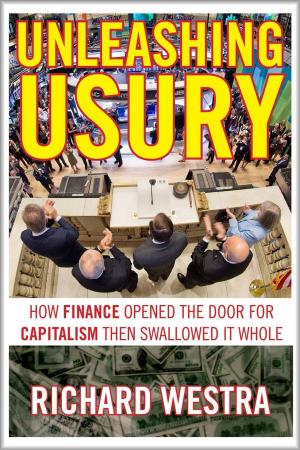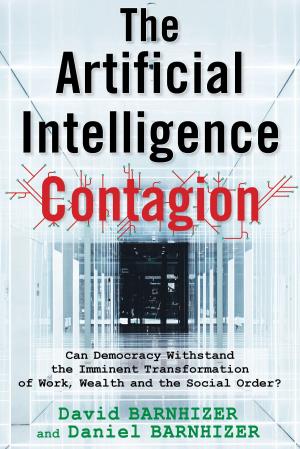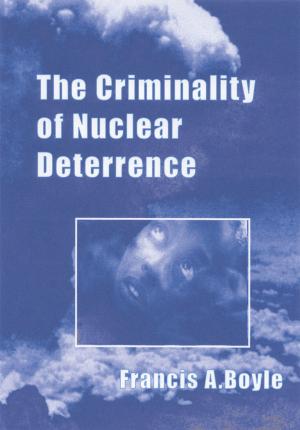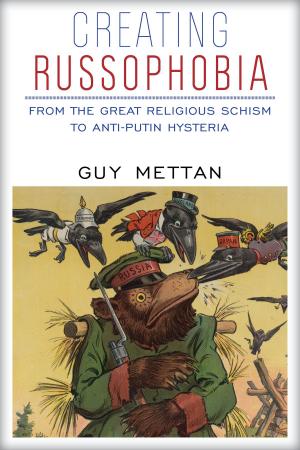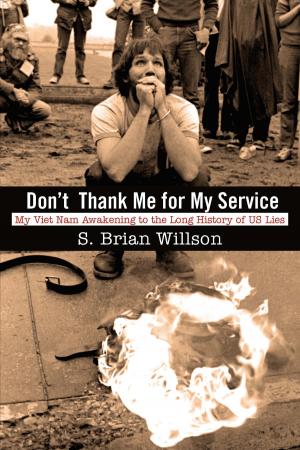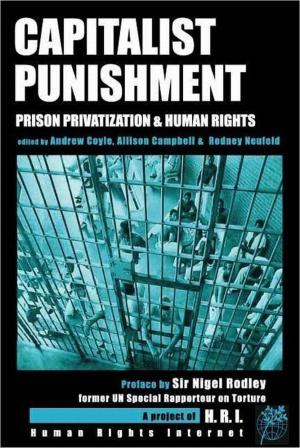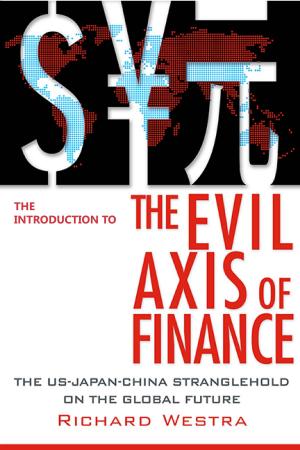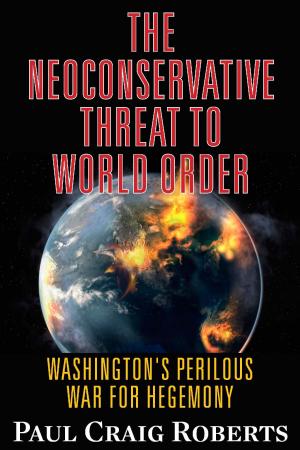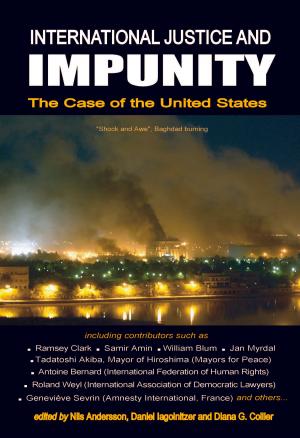The Neo-Catholics
Implementing Christian Nationalism in America
Nonfiction, Social & Cultural Studies, Social Science, Sociology, Marriage & Family| Author: | Betty Clermont | ISBN: | 9780932863980 |
| Publisher: | Clarity Press | Publication: | January 5, 2010 |
| Imprint: | Clarity Press | Language: | English |
| Author: | Betty Clermont |
| ISBN: | 9780932863980 |
| Publisher: | Clarity Press |
| Publication: | January 5, 2010 |
| Imprint: | Clarity Press |
| Language: | English |
Volumes have been written about the role the Religious Right played in achieving its ultimate goal - the presidency of George W. Bush. But few know the primary and essential role played by Catholics in instituting and directing the Religious Right as the means for the neoconservative takeover of the U.S. government, a group the author calls neo-Catholics. The first neoconservatives - Irving Kristol, Allan Bloom, and Francis Fukuyama - were proponents of the philosopher Leo Strauss who considered the ideal state as one ruled by an intellectual elite with religion used to mollify and intimidate the masses into obedience. Not only did Catholic leaders have a millennium of experience in propping up monarchs and dictators, but also Catholics were the largest denomination in the U. S. Neoconservative Catholics were ready, willing and able to implement the American brand of church/state unification: Christian Nationalism. This book examines how hawks and neo-conservatives in the Republican Party forged a nexus with powerful right wing Catholics that would change the face of American Catholicism, the structuring of social policy in the United States, and the American agenda in the world. At the start of the 1980s, the Church’s social justice agenda had been committed to alleviating poverty, to demilitarization, to affirmative action,and to ending capital punishment-an agenda antipathetic to the Republican platform. By the end of the nineties, its justice agenda was marginalized, and political action was mobilized around concern for the dying and the unborn. Clermont's rigorous and extensively documented research examines how it was done.
Volumes have been written about the role the Religious Right played in achieving its ultimate goal - the presidency of George W. Bush. But few know the primary and essential role played by Catholics in instituting and directing the Religious Right as the means for the neoconservative takeover of the U.S. government, a group the author calls neo-Catholics. The first neoconservatives - Irving Kristol, Allan Bloom, and Francis Fukuyama - were proponents of the philosopher Leo Strauss who considered the ideal state as one ruled by an intellectual elite with religion used to mollify and intimidate the masses into obedience. Not only did Catholic leaders have a millennium of experience in propping up monarchs and dictators, but also Catholics were the largest denomination in the U. S. Neoconservative Catholics were ready, willing and able to implement the American brand of church/state unification: Christian Nationalism. This book examines how hawks and neo-conservatives in the Republican Party forged a nexus with powerful right wing Catholics that would change the face of American Catholicism, the structuring of social policy in the United States, and the American agenda in the world. At the start of the 1980s, the Church’s social justice agenda had been committed to alleviating poverty, to demilitarization, to affirmative action,and to ending capital punishment-an agenda antipathetic to the Republican platform. By the end of the nineties, its justice agenda was marginalized, and political action was mobilized around concern for the dying and the unborn. Clermont's rigorous and extensively documented research examines how it was done.

